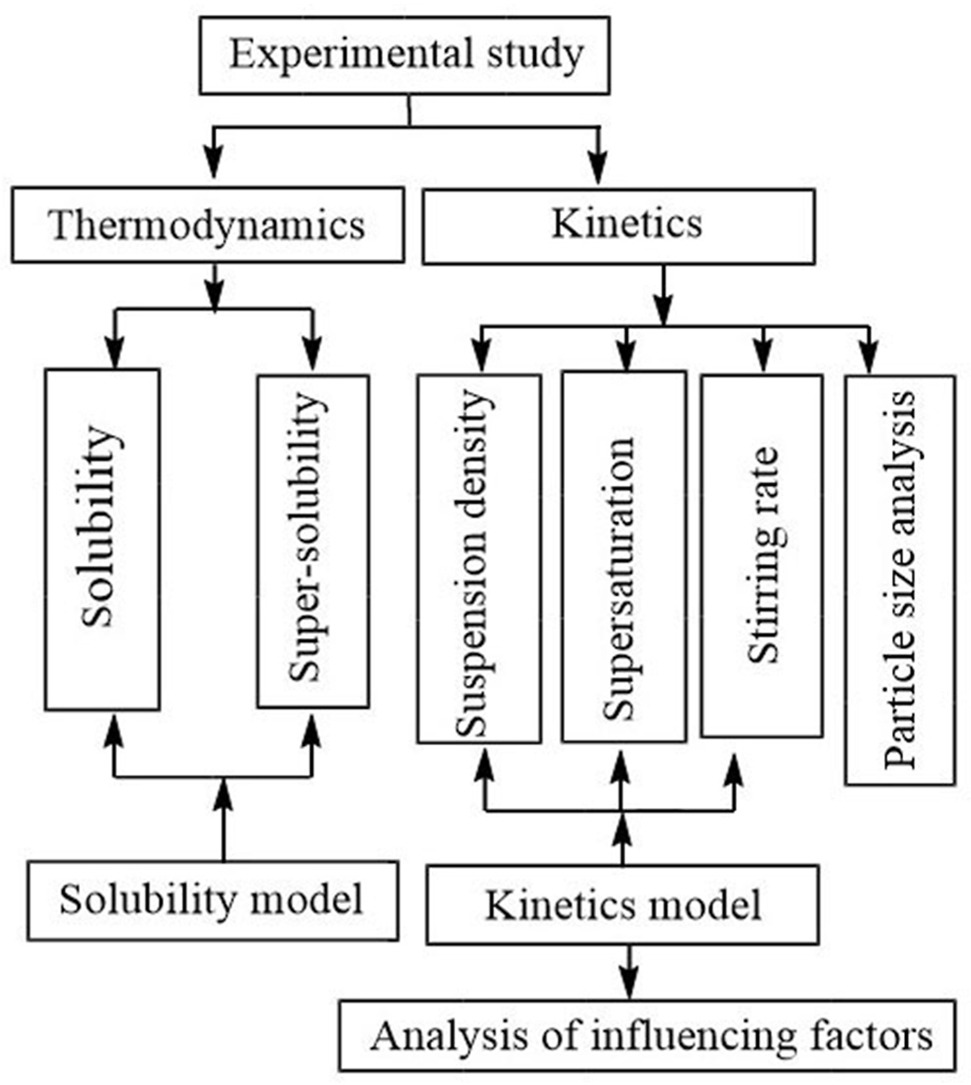- Volumes 96-107 (2025)
-
Volumes 84-95 (2024)
-
Volume 95
Pages 1-392 (December 2024)
-
Volume 94
Pages 1-400 (November 2024)
-
Volume 93
Pages 1-376 (October 2024)
-
Volume 92
Pages 1-316 (September 2024)
-
Volume 91
Pages 1-378 (August 2024)
-
Volume 90
Pages 1-580 (July 2024)
-
Volume 89
Pages 1-278 (June 2024)
-
Volume 88
Pages 1-350 (May 2024)
-
Volume 87
Pages 1-338 (April 2024)
-
Volume 86
Pages 1-312 (March 2024)
-
Volume 85
Pages 1-334 (February 2024)
-
Volume 84
Pages 1-308 (January 2024)
-
Volume 95
-
Volumes 72-83 (2023)
-
Volume 83
Pages 1-258 (December 2023)
-
Volume 82
Pages 1-204 (November 2023)
-
Volume 81
Pages 1-188 (October 2023)
-
Volume 80
Pages 1-202 (September 2023)
-
Volume 79
Pages 1-172 (August 2023)
-
Volume 78
Pages 1-146 (July 2023)
-
Volume 77
Pages 1-152 (June 2023)
-
Volume 76
Pages 1-176 (May 2023)
-
Volume 75
Pages 1-228 (April 2023)
-
Volume 74
Pages 1-200 (March 2023)
-
Volume 73
Pages 1-138 (February 2023)
-
Volume 72
Pages 1-144 (January 2023)
-
Volume 83
-
Volumes 60-71 (2022)
-
Volume 71
Pages 1-108 (December 2022)
-
Volume 70
Pages 1-106 (November 2022)
-
Volume 69
Pages 1-122 (October 2022)
-
Volume 68
Pages 1-124 (September 2022)
-
Volume 67
Pages 1-102 (August 2022)
-
Volume 66
Pages 1-112 (July 2022)
-
Volume 65
Pages 1-138 (June 2022)
-
Volume 64
Pages 1-186 (May 2022)
-
Volume 63
Pages 1-124 (April 2022)
-
Volume 62
Pages 1-104 (March 2022)
-
Volume 61
Pages 1-120 (February 2022)
-
Volume 60
Pages 1-124 (January 2022)
-
Volume 71
- Volumes 54-59 (2021)
- Volumes 48-53 (2020)
- Volumes 42-47 (2019)
- Volumes 36-41 (2018)
- Volumes 30-35 (2017)
- Volumes 24-29 (2016)
- Volumes 18-23 (2015)
- Volumes 12-17 (2014)
- Volume 11 (2013)
- Volume 10 (2012)
- Volume 9 (2011)
- Volume 8 (2010)
- Volume 7 (2009)
- Volume 6 (2008)
- Volume 5 (2007)
- Volume 4 (2006)
- Volume 3 (2005)
- Volume 2 (2004)
- Volume 1 (2003)
• Used three models to correlate crystal solubility data and determine optimal solubility-fitting model.
• Utilized two models to find solid-liquid surface tension and crystal surface entropy factor of NaH2PO4 in the system.
• Applied Van't Hoff model to calculate molar enthalpy, entropy of dissolution, and Gibbs free energy.
• Derived kinetic equations for NaH2PO4 nucleation and growth rate, the ASL model fits experimental data well.
The application of sodium dihydrogen phosphate (NaH2PO4) in drinking water and food processing underscores the importance of its crystallization process, which significantly affects product quality and yield. In this study, the dynamic laser method was used to explore the solubility and super-solubility of NaH2PO4 in H2O-ethylene glycol (EG) binary systems of different proportions. We first applied the Apelblat, Van't Hoff, and NIBS-RK models to correlate solubility data and identified the best-fitting model. Then, the Mersmann and Barata models were used to determine the solid-liquid surface tension and crystal surface entropy factor. The Van't Hoff model calculated the molar enthalpy, entropy of dissolution, and Gibbs free energy. Experimental results showed that dissolution is endothermic and spontaneous, mainly driven by enthalpy changes, while crystallization is exothermic, providing key data for kinetics research. In the kinetics analysis, NaH2PO4 crystallization was found to be linearly correlated growth, with the logarithm of crystal particle number density positively related to particle size. Comparing the CR and ASL models, the ASL model better reflects the growth rate. The derived nucleation and growth kinetics models indicated that growth and nucleation rates are positively correlated with temperature and supersaturation ratio. During cooling crystallization, the supersaturation ratio has a greater impact on the growth rate than the nucleation rate and a more significant effect on nucleation than suspension density and stirring rate. This research offers valuable guidance for high-quality NaH2PO4 industrial production.

